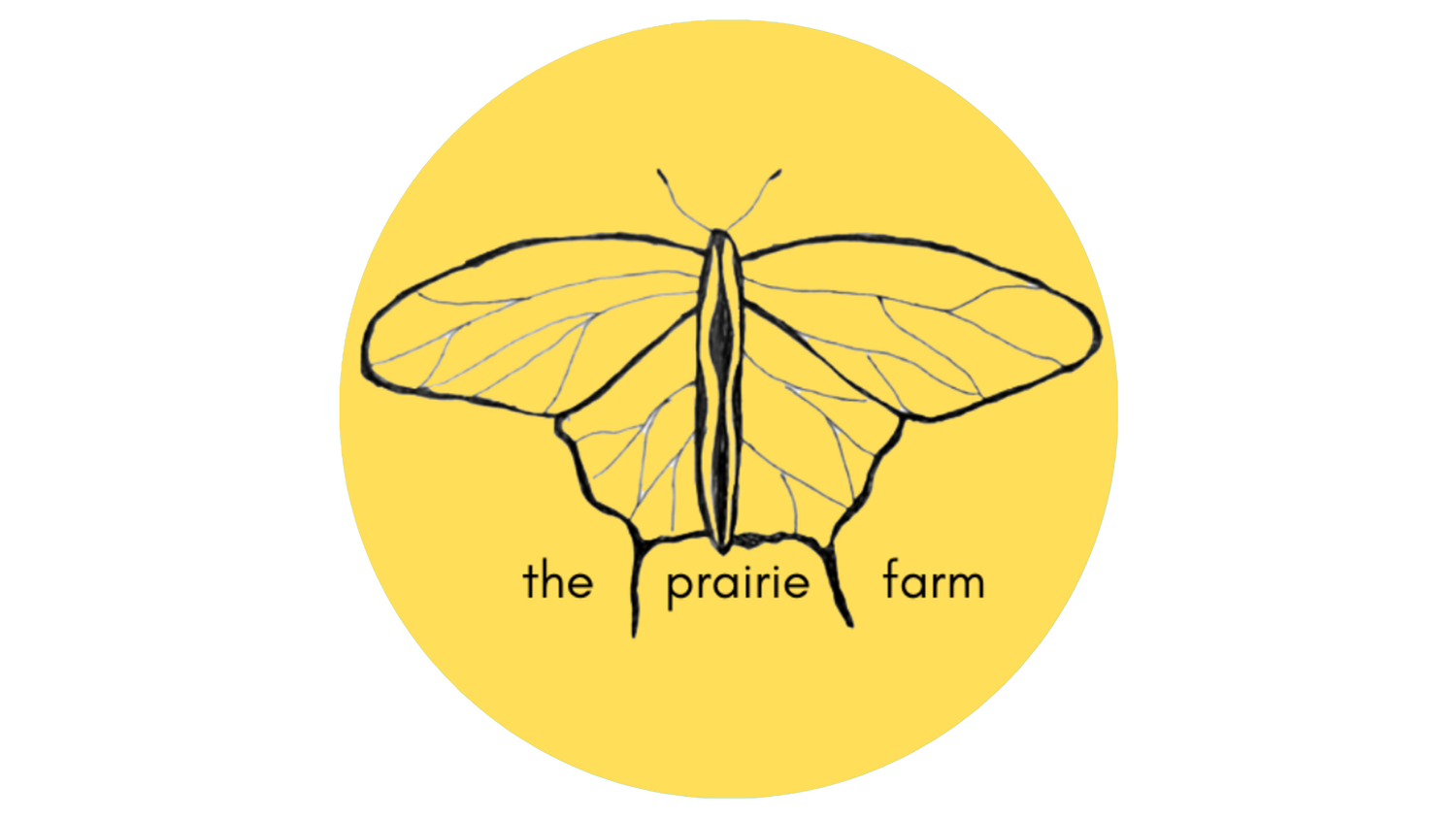Best Way to Plant Native Grasses and Flowers
You want native prairie or wild flowers in your garden or landscape, but you don’t know how to establish it. Well, you’re about to know, so keep reading.
Step 1) Choose your ground.
- You’ll need to choose somewhere that gets at least 4 hours of sun a day. Preferably 6 or more. You’ll also want to make note if it’s extra wet or extra dry in your area. (If so, don’t fret, we have mixes for that too).
Step 2) Pick the right mix for you.
- There are several factors on how to pick the correct mix, which we’ve covered in a separate blog. But for now, just remember two things: sun and water. How much sun is it getting and how much water? If you ever have any questions, always feel free to give us a call!
Step 3) Prep the ground.
- The best way to prep the ground is to remove everything. If it’s just grass or weeds, you have two options. The first is to smother the existing foliage with boards, tarps, or anything else that will cover a lot of surface area. The other option is to spray it with roundup. Either works. (No, roundup will not leave residual in the ground that effects the prairie/pollinator, so you’re free to plant very quickly.) After you’ve killed the existing plant life, you may want to rake the dead foliage away. This helps get better seed to dirt contact. It’s worth noting you don’t want to work up the soil, and if you do, then make sure to pack it down again before you plant. Remember, most of these seeds are tiny and aren’t meant to be worked into the ground, which leads us into…
Step 4) Plant the seed.
- You may already know this, but once you get the seed you will see there is not very much volume used to cover large amounts of area. For an 1/8 acre, you would hardly receive a pound of seed. So it’s important to mix your seed with filler. We recommend sand, kitty litter, rice hulls, or saw dust. These will add plenty of volume for cheap. We recommend doing at least 4 parts filler to 1 part seed, but it’s not uncommon to do up to 10 part filler to 1 part seed.
- Once you’ve mixed it with filler you will broadcast it on top of the prepped ground. Remember, this ground should be firm (but not a rock). You can use a drop seeder or even your own hands to throw it.
- You may be wondering when the best time to plant it, and I cover it in another blog, “When is the best time to plant pollinator and prairie grass”.
Step 5) Manage your weeds.
- This is another whole blog post called, “how to manage weeds”. But for now, just know your best friend for the first two years establishing is mowing.
I hope this was helpful. If you’re looking to pull the trigger and purchase some seed, we have the perfect mixes for you in our Prairie Shop. Check it out.
And if you’re worried about whether you can or not, the fact that you’re reading this right now shows you have what it takes.
Best of luck!

